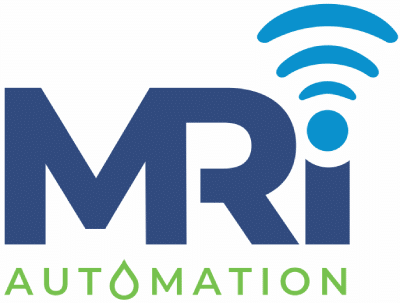Oilfields in South Texas and the Eagle Ford Shale often span vast, rugged terrain. Monitoring and managing assets in such environments present significant challenges. That is where wireless communication steps in, enabling real-time remote monitoring and operational control.
In this post, we explore the key technologies behind wireless communication and how they are revolutionizing oilfield operations in South Texas.
Why Remote Monitoring Matters
Remote monitoring allows operators to track equipment performance, environmental conditions, and production levels without needing to be physically present on-site. This approach reduces operational costs, improves safety, enhances resource allocation, and helps boost overall uptime. In areas where running physical cables would be costly or impossible, wireless technologies make seamless monitoring possible.
Key Technologies Behind Remote Monitoring
Several wireless technologies are driving the adoption of remote monitoring in the oilfield.
IoT gateways play a crucial role by collecting data from various field devices and sensors. They can transmit this data securely to cloud platforms or centralized control systems. These gateways often support multiple communication protocols, filter and preprocess data to reduce network loads, and ensure secure communication links between field operations and control rooms.
Cellular modems are another essential technology. They leverage widespread cellular coverage across South Texas to transmit critical data from remote sites. Applications like tank level monitoring, pipeline pressure reporting, and safety system alerts all rely on cellular communication for speed and reliability.
Telemetry solutions further enhance oilfield monitoring by wirelessly transmitting sensor measurements back to control centers. Operators often deploy telemetry for tasks such as measuring flow rates, monitoring chemical injection systems, and detecting leaks in pipelines, areas where fast detection is vital to avoid costly downtime.
To learn more about the tools available, explore our line of industrial communication products designed specifically for oilfield environments.
The Advantages of Wireless Monitoring
Going wireless offers significant benefits to oil and gas operations. Without the need for trenching and cabling, companies can lower infrastructure costs. Wireless systems are scalable, making it easy to expand monitoring as new wells or facilities come online. They are also flexible; sensors and equipment can be relocated with minimal hassle, helping operators adapt quickly to changing field conditions.
Perhaps most importantly, wireless communication delivers real-time operational data around the clock, enabling faster decision-making and early issue detection, which can drastically reduce downtime and prevent costly failures.
Keeping Wireless Systems Secure
With greater connectivity comes greater responsibility for cybersecurity. Protecting wireless networks involves using encrypted communication protocols, deploying firewall-enabled gateways, and maintaining up-to-date firmware across all devices. Investing in secure wireless infrastructure not only protects valuable data but also ensures the ongoing integrity of field operations.
What’s Next for Wireless Oilfield Technology?
Looking ahead, new trends are poised to make wireless monitoring even more powerful. The rollout of 5G networks in remote areas promises faster and more reliable communication. At the same time, AI-powered edge computing is starting to allow complex data analysis right at the well site, reducing latency and improving responsiveness. Integration with enterprise resource planning (ERP) and computerized maintenance management systems (CMMS) will also bring new levels of operational efficiency.
Conclusion
Wireless communication is transforming oilfield management across South Texas and the Eagle Ford Shale. Technologies like IoT gateways, cellular modems, and telemetry solutions make it easier than ever to monitor and control remote assets in real time, boosting efficiency, safety, and profitability.
If you’re ready to take your remote monitoring to the next level, explore our industrial communication solutions tailored specifically for oil and gas operations.
